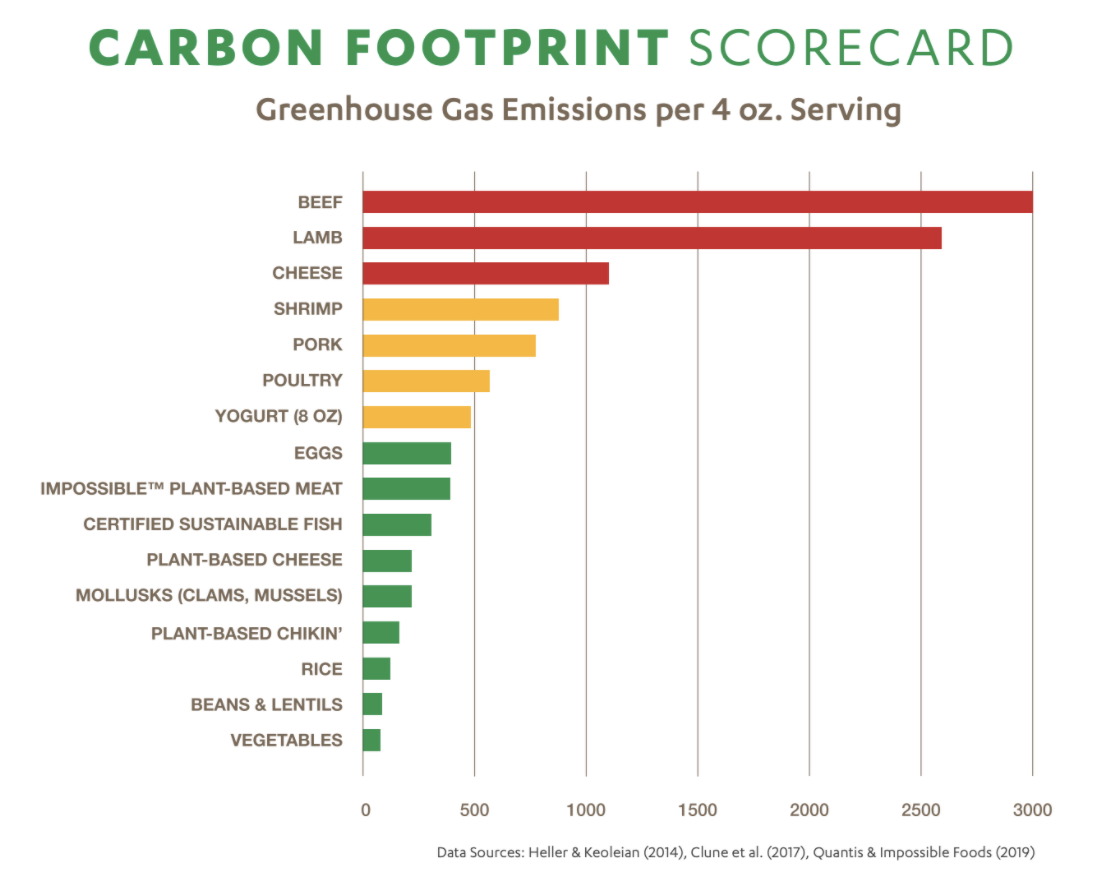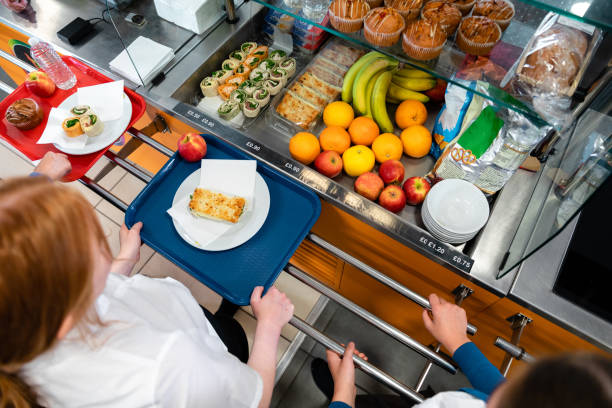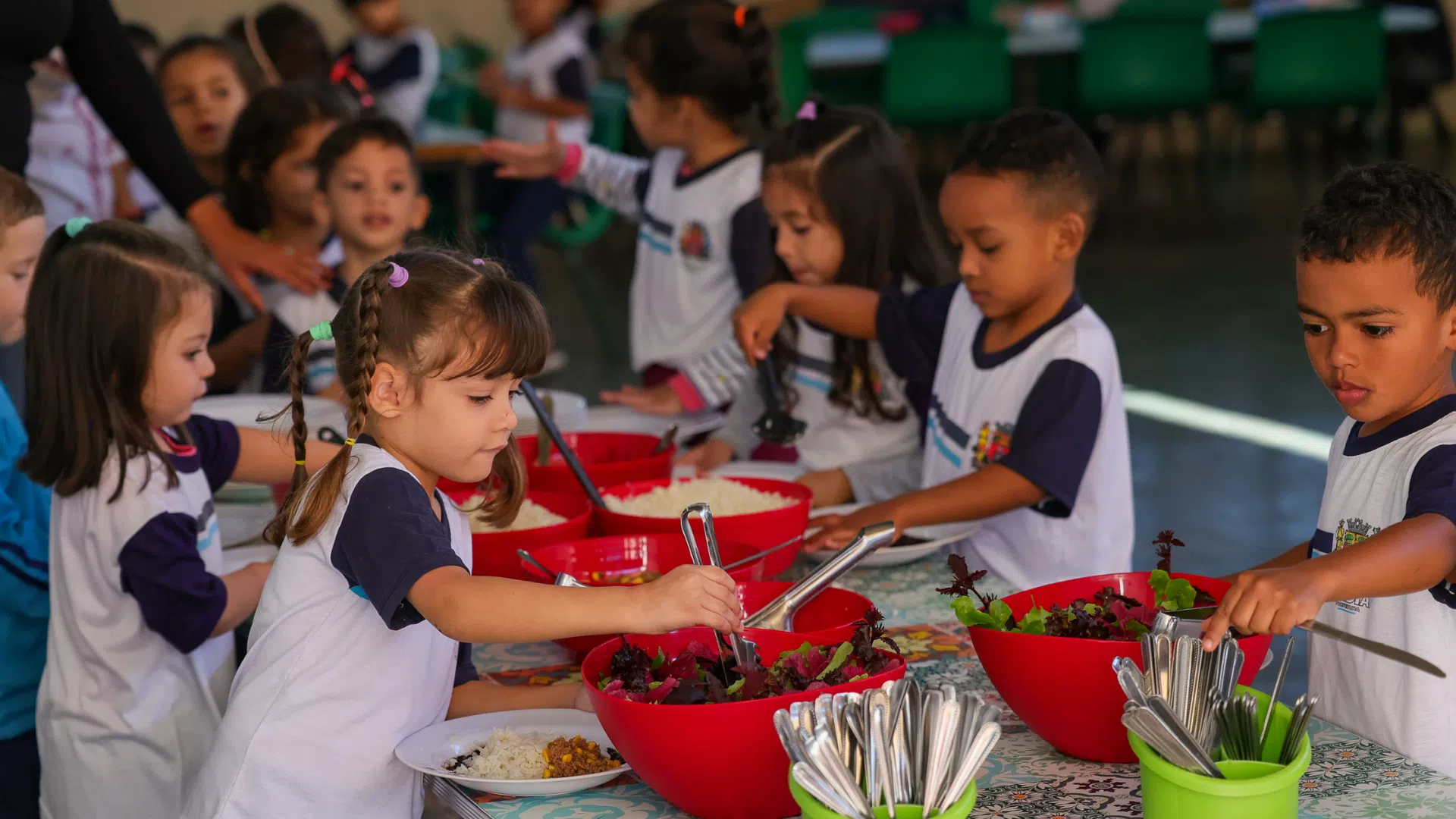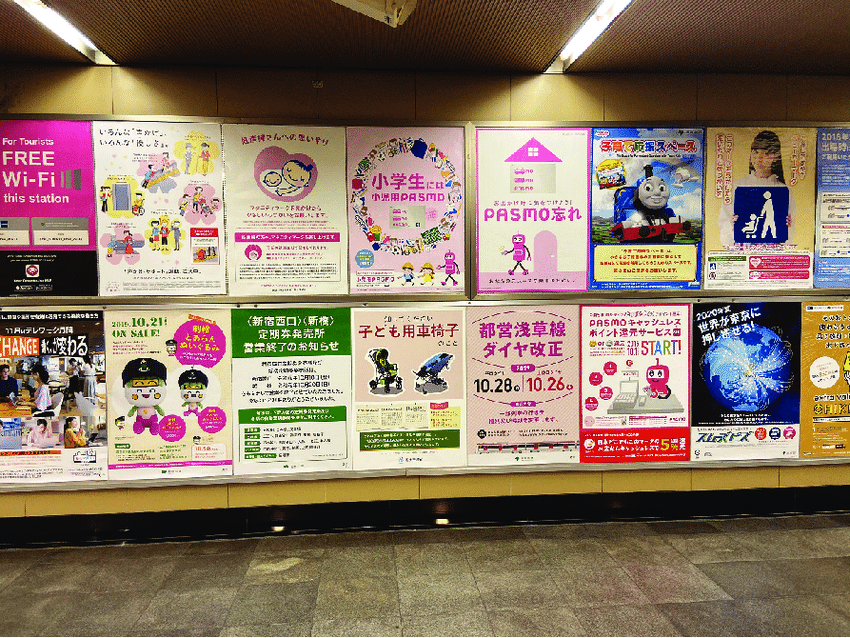
Behavioral nudges, particularly labeling nudges, are proving to be effective in encouraging healthier dietary habits among students. Labeling nudges use creative and engaging labels to make the healthier options more noticeable, influencing individuals’ decisions without restricting their freedom. This blog explores how labeling nudges have been successfully used in US educational institutions to drive better food choices.
1. Illinois Study: Creative Naming for Healthier Food Choices
In a 2019 study conducted across three rural elementary schools in Illinois, creative labeling nudges were introduced to promote healthier food choices. The intervention involved using appealing names such as “Brain Boosting Broccoli” and “Power-Packed Peas” on food items. The key findings include:
- 19.2% increase in fruit consumption by the end of the first month.
- 18.9 grams of fruit waste was reduced per student.
This demonstrated the immediate effectiveness of labeling in improving the demand for healthier foods, particularly fruits, while also reducing food waste.
2. Long-Term Impact on Vegetable Consumption
Interestingly, the initial impact on vegetable consumption was not as favorable, with a 20.1% drop in consumption in the first month. However, as students became more familiar with the creative labels over time, vegetable consumption also increased:
- By the second month, vegetable waste decreased by 15.1 grams per student.
This demonstrates that sustained exposure to labeling nudges can have a long-term positive effect on food choices, improving both fruit and vegetable intake.
3. Fairfield University Study: Promoting Healthier Beverages and Desserts
A similar labeling nudge was implemented at Fairfield University in 2019. Over a six-week period, a sample of 4,208 students participated in the trial. The interventions included:
- Signs at beverage stations encouraging water consumption with taglines like “Rethink Your Drink.”
- Healthy dessert promotions with signs like “You deserve a better dessert” pointing to healthy alternatives like chia pudding and yogurt parfaits.
The results were significant:
- Water consumption increased from 63.6% to 68.5%.
- Healthy dessert consumption rose from less than 1% to 2.2%.
This study highlights how simple labeling interventions can effectively encourage students to make healthier beverage and dessert choices.
4. Limitations and Considerations
While the study at Fairfield University yielded positive results, there were some limitations:
- External Factors: The study did not account for external influences such as personal preferences or prior exposure to health campaigns, which could have also contributed to the observed changes in behavior.
Despite this, the large sample size and consistent trends across various food types provide strong evidence for the effectiveness of labeling nudges in promoting healthier eating habits.
Conclusion
Labeling nudges have proven to be an effective strategy in influencing food choices in educational institutions. By using creative and engaging labels, students are more likely to select healthier options, leading to improved dietary habits and reduced food waste. This approach, while simple, has the potential to make a significant impact on public health, especially when implemented consistently over time.






